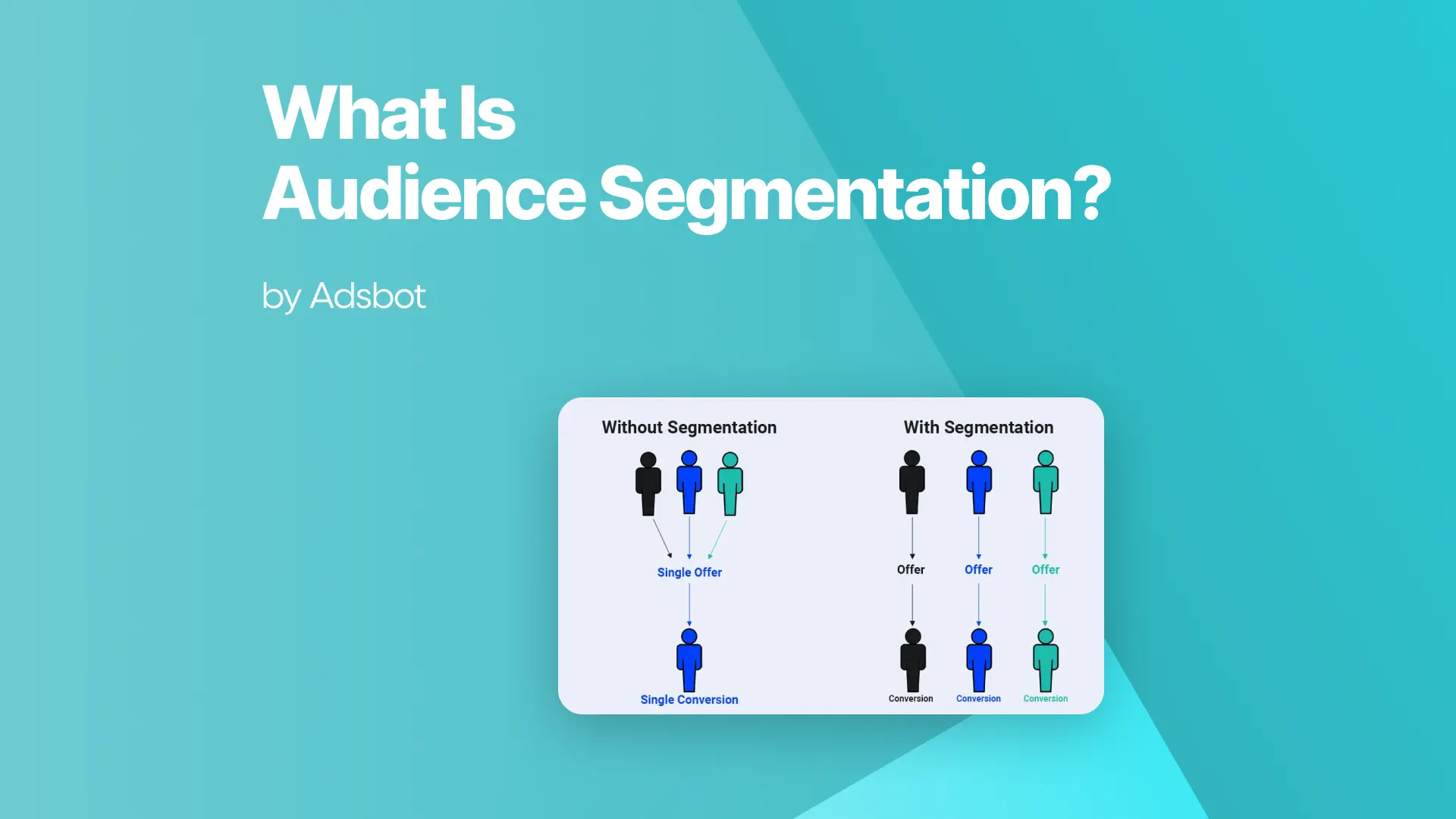Comprehending and proficiently captivating your intended audience is a fundamental foundation of success. One momentous strategy that allows marketers in this undertaking is audience segmentation. This article delves into the complicated subject of audience segmentation, its importance in modern marketing, the various types that exist, and practical tips on using segmented audiences for maximum engagement and conversion.
Why is Audience Segmentation Important?
The practice of audience segmentation, in its fundamental nature, involves dividing a wide-ranging target audience into more limited and carefully identified clusters, based upon specific attributes or patterns of conduct. The strategic methodology for comprehending and creating connections with diverse consumer segments bears utmost significance within the domain of marketing. One of the foremost rationales for its greatest importance resides in its unmatched capacity to augment personalization. By separating a voluminous and multifarious assemblage of spectators into diminutive, more uniform factions, advertisers have the capacity to customize their statements, substance, and provide in order to remain with heightened efficacy among each distinct division.
Types of Audience Segmentation
The layout of audience segmentation is numerous, accommodating a variety of methodologies for categorizing and comprehending consumer cohorts. There exist four popular categories of audience segmentation that are particularly noteworthy:
- Demographic Segmentation: This complex procedure involves the careful classification of audiences, taking into account multifaceted factors such as age, gender, income, education, and marital status. Demographic segmentation confers a fundamental comprehension of the basic traits of a target audience, aiding marketers in altering their communication to harmonize with the distinct attributes of each demographic segment.
- Psychographic Segmentation: Beyond basic demographics, psychographic segmentation delves into the complicated tapestry of consumers’ lifestyles, values, interests, and attitudes. This methodology acknowledges that the decisions made by consumers can often be influenced by factors that extend beyond rudimentary demographics, thereby providing a more complicated awareness of their motivations and preferences.
- Behavioral Segmentation: This method of division directs its attention towards the behaviors displayed by consumers, covering their procurement tendencies, product utilization, brand allegiance, and receptiveness to marketing communications. Through the process of classifying audiences according to their behaviors, marketers possess the ability to customize strategies that are attuned to particular consumer actions and preferences, thus optimizing the level of engagement and conversion.
- Geographic Segmentation: This method, namely Geographic segmentation, is the process of dividing the market into subgroups according to geographical factors such as the area, the nation, the size of the city, the climate, and the population percentage.
How to Use Audience Segments?
Effectively using audience segments necessitates a methodical and contemplative approach. Commence by undertaking comprehensive market research to discern pivotal attributes and conduct patterns that differentiate diverse consumer segments. Use data analytics instruments and consumer insights to amass actionable intelligence pertaining to your target demographic.
With audience segments, it is imperative to customize marketing messages, content, and offers in order to harmonize with the distinctive characteristics of each segment. Individualization is essential, be it via concentrated messaging endeavors, bespoke promotional endeavors, or personalized merchandise suggestions. Understanding what is ad rank is also crucial, as it influences how well your ads resonate with these tailored segments. This ensures that your marketing endeavors eloquently address the distinct essentials and habits of every audience segment.
Popular Posts
-
How Many Keywords Should Be In an Ad Group in Google Ads?
Ever wondered if your Google Ads campaigns are packed with…
Read more -
Google Ads Script for Dummies: An Introduction
Imagine you have an e-commerce website that sells licensed superhero…
Read more -
Google Ads Sitelink Character Limits
Your Google Ads are cutting off in the middle of…
Read more -
What Is Conversion Value in Google Ads?
What if you could put a price tag on every…
Read more
Register for our Free 14-day Trial now!
No credit card required, cancel anytime.





